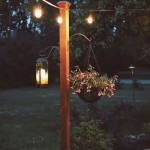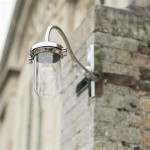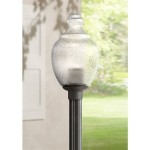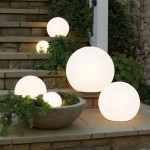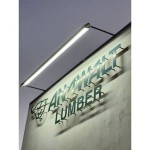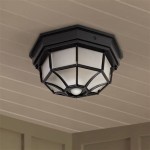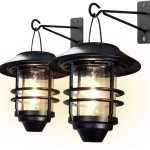Best Finishes for an Outdoor Wood Bench
Choosing the right finish for an outdoor wood bench is crucial for its longevity and aesthetic appeal. Exposure to the elements can significantly impact the wood's integrity, leading to cracking, warping, and rotting. A suitable finish acts as a protective barrier, shielding the bench from harsh weather conditions, UV rays, and moisture. This article explores several effective finishes, outlining their pros and cons to aid in selecting the best option for a specific project.
Oil-Based Finishes
Oil-based finishes penetrate deep into the wood, providing excellent protection against moisture and enhancing the wood's natural grain. They are relatively easy to apply and offer a warm, rich appearance.
- Pros: Durable, water-resistant, enhances wood grain, easy application.
- Cons: Longer drying time, requires periodic reapplication, can darken wood over time.
Water-Based Finishes
Water-based finishes are a more environmentally friendly option, emitting fewer volatile organic compounds (VOCs). They dry quickly and offer good protection against UV rays and mildew.
- Pros: Low VOCs, fast drying, UV protection, mildew resistant.
- Cons: Not as durable as oil-based finishes, may require more frequent reapplication.
Exterior Varnish
Exterior varnish provides a hard, protective layer on the wood surface, offering excellent resistance to scratches, abrasion, and moisture. It comes in various sheens, from glossy to matte, allowing customization of the final appearance.
- Pros: Highly durable, scratch-resistant, water-resistant, available in various sheens.
- Cons: Can be difficult to apply evenly, may crack or peel over time, requires thorough surface preparation.
Exterior Paint
Exterior paint offers the most comprehensive protection against the elements and allows for a wide range of color options. It completely covers the wood grain, creating a uniform appearance.
- Pros: Excellent weather protection, hides imperfections, wide color selection.
- Cons: Can obscure wood grain, requires regular maintenance, may chip or peel if not applied correctly.
Wood Sealers
Wood sealers penetrate the wood pores, preventing water absorption while allowing the wood to breathe. They offer a natural look and can be used as a base coat for other finishes.
- Pros: Enhances natural wood grain, breathable, water-resistant, good base for other finishes.
- Cons: Offers less protection than other finishes, requires periodic reapplication.
Clear Wood Preservatives
Clear wood preservatives protect against rot, decay, and insect infestation. They are often used on benches in contact with the ground or exposed to high moisture levels.
- Pros: Rot and decay resistant, insect repellent, ideal for ground contact.
- Cons: May contain harsh chemicals, can alter wood color.
Hybrid Finishes
Hybrid finishes combine the benefits of different finish types, such as oil and varnish or water and acrylic. They offer enhanced durability, UV protection, and water resistance while maintaining a natural look.
- Pros: Combines benefits of multiple finishes, enhanced durability, UV and water-resistant.
- Cons: Can be more expensive than traditional finishes.
Factors to Consider When Choosing a Finish
Several factors influence the choice of finish, including:
- Wood Type: Different wood species have varying levels of natural resistance to decay and weather. Hardwoods like teak and cedar require less protection than softer woods like pine.
- Climate: Benches in harsh climates with extreme temperatures and high humidity require more durable finishes.
- Maintenance: Consider the frequency of reapplication required for each finish type. Some finishes require more frequent maintenance than others.
- Desired Appearance: Choose a finish that complements the bench's design and desired aesthetic. Options range from natural, clear finishes to opaque paints.
- Application Method: Some finishes are easier to apply than others. Consider the available tools and skill level when selecting a finish.
Proper surface preparation is essential for the success of any finish. This typically involves cleaning the wood, sanding it smooth, and removing any existing finishes. Following manufacturer's instructions carefully is crucial for optimal results and achieving the desired level of protection and longevity.

What S The Best Outdoor Finish Wood

How To Re A Wood Outdoor Bench True Value

How To Treat Wood For Outdoor Use 3 Methods Explained

The Best Finishes For Outdoor Wooden Furniture

How To Choose The Best Finish For Outdoor Projects

Outdoor Benches Choosing The Right Wood Site Furnishings

How To Protect Outdoor Wood Furniture Osmo

Outdoor Benches Choosing The Right Wood Site Furnishings

Outdoor Benches Choosing The Right Wood Site Furnishings

Wood Clear Coat For Outdoor Use
